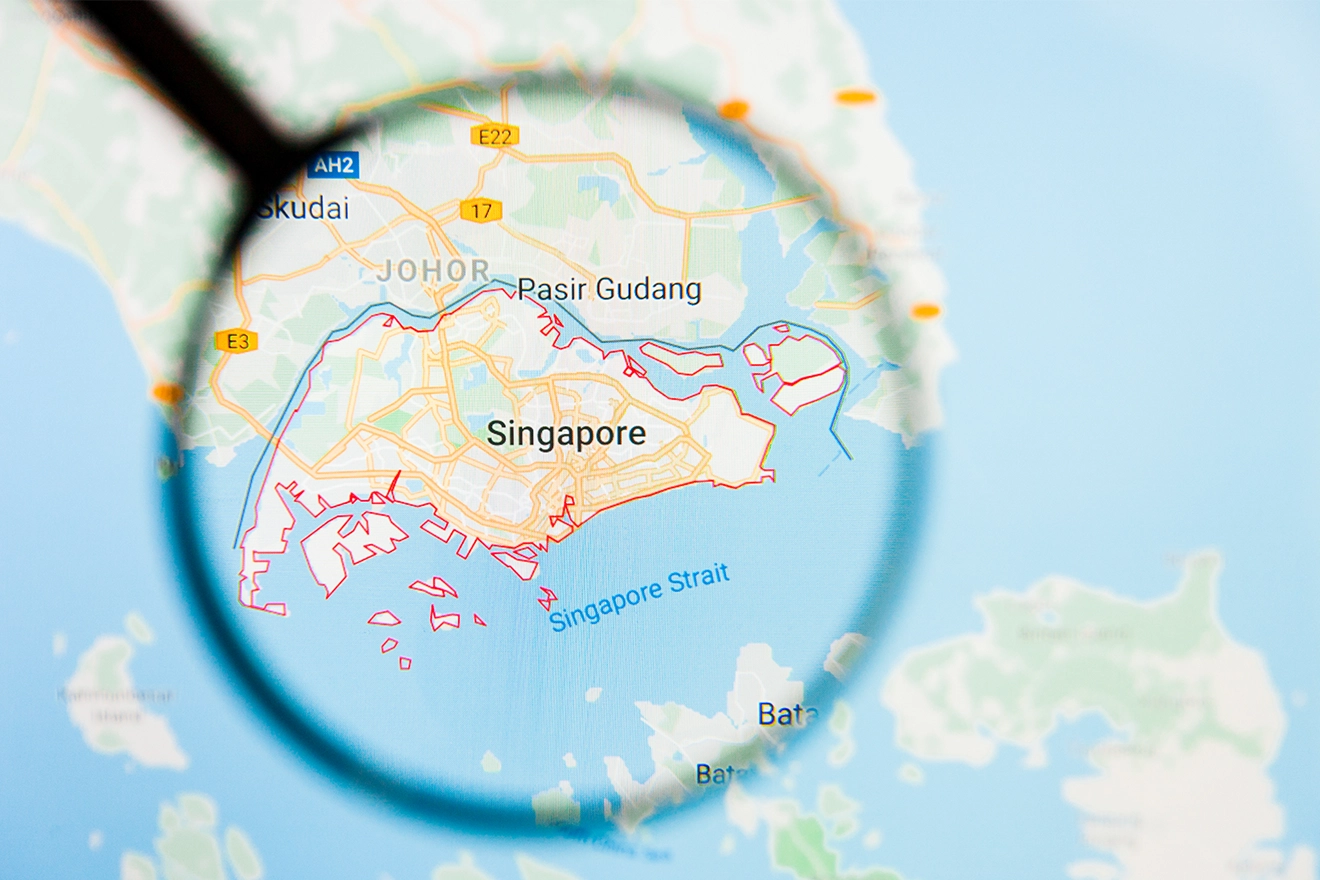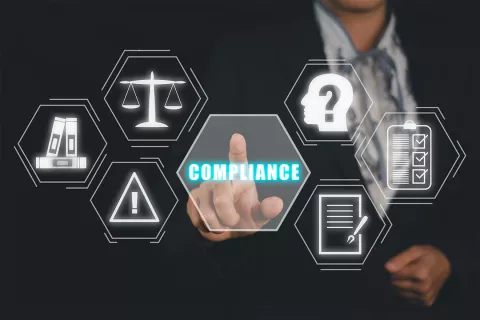
The Health Sciences Authority (HSA) is Singapore's Regulatory agency in the sphere of healthcare products. Importers and wholesalers dealing with medical devices in Singapore should develop a medical device Quality Management System (QMS) that conforms to the requirements of the Good Distribution Practice for Medical Devices (GDPMDS). SS 620: 2016 is the Singapore Standard for Good Distribution Practice for Medical Devices (SS620 GDPMDS).
Good Distribution Practice for Medical Devices ensures that companies dealing with medical devices have Quality Management Systems (QMSs) in place to maintain device quality throughout the distribution process.
A strong Quality Management System (QMS) should be resilient to meet external and internal factors like Regulatory changes, customer feedback, personnel, and facility updates. Singapore follows Good Distribution Practices (GDPs) for medical devices to ensure efficient and safe distribution, maintain high standards, and safeguard public health.
Documentation: It is important to recognize that the structure and level of detail required in the procedures should be tailored to the needs of the organization. Procedures or instructions may be presented in any form (text, graphic or audio-visual) or medium. There should be suitable control to ensure accuracy, availability, legibility, and traceability of documents. The organization should maintain all records required to illustrate their compliance with various relevant clauses in the SS GDPMDS.
Here are a few examples of records to be maintained and their expected retention periods:
| SS GDPMDS Clauses | Examples of Records | Expected Retention Periods |
| Field Safety Corrective Action (FSCA) | Records of all actions taken in connection with the FSCA and their approval by the company and the Regulatory Authority. | Projected useful life* of the medical device or two (02) years from the date of completion of the FSCA, whichever is longer. |
| Internal audit | Records of the internal audit and the verifications of actions taken. | Three (03) years; in line with the audit cycle and should be available at the point of an audit. |
Secondary AssemblyTop of Form: Secondary assembly refers to enclosing medical devices in additional packaging for sale or supply without breaching the primary packaging. The labeling on the secondary packaging should align with the approved Regulatory Authority labeling on the primary packaging. Manufacturing activities such as sterilization do not fall within the definition of secondary assembly.
Storage and Warehousing: Medical device storage areas must prioritize security, prevent contamination, and maintain proper temperature conditions as per manufacturer recommendations, with regular monitoring. Medical devices with special storage conditions, like those requiring 8°C and below, necessitate cold chain management. Hazardous materials must be stored appropriately, complying with relevant laws and regulations from controlling agencies.
Stock Rotation and Reconciliation: Investigate stock discrepancies to detect mix-ups and errors. Supply medical devices within their projected useful lives, using FEFO (First Expiry-First Out) for expiring items and FIFO (First-In-First-Out) when no expiry date exists. Avoid altering labels, selling, or supplying devices with broken seals or tampering. Segregate damaged or expired devices, label them as not for use, and follow documented disposal procedures.
Field Safety Corrective Action (FSCA): Swift FSCA implementation is crucial once initiated by the product owner for affected devices supplied in Singapore. Prior notification to the Regulatory Authority is necessary. FSN dissemination and corrective actions signify FSCA initiation. Assess potential impacts on other batches/materials, if applicable. Provide a final report and reconcile delivered and recovered quantities to the Regulatory Authority for each FSCA.
Training and Competence: Personnel training must be customized according to their specific roles and responsibilities. It should encompass aspects such as understanding the business nature, its functions, relevant policies, and adherence to health, safety, environmental, and Regulatory standards. To ensure competency, the effectiveness of training should be assessed through trainee feedback and post-training evaluations. Maintaining records, including training assessments and certifications, is essential for documenting individual’s competencies.
Cleanliness and Pest Control: Clean storage areas with well-maintained pallets for medical devices, preventing spillage, contamination, and pests, with documented pest control measures.Additionally, effective measures should be implemented to prevent the entry of pests, with records of pest control services and bait replacements kept.
Traceability: Traceability of medical devices in the distribution chain is vital for tracking them to customers and conducting quality investigations. Batch/lot/serial numbers enable end-to-end traceability from manufacturer to customer/disposal. Records like delivery orders, distribution/sales records, returns, and disposal details should include essential information for effective traceability.
Counterfeit, Adulterated, Unwholesome, or Tampered Medical Devices: When suspecting counterfeit or tampered medical devices, report using the Post-Market Information Report Form, including key details for detection in Singapore. Report to the Regulatory Authority, segregate affected devices, investigate the supply chain, and notify affected parties.
To conclude, the implementation of Good Distribution Practices (GDPs) for medical devices in Singapore underscores the nation's commitment to public health and safety.Singapore's stringent Regulatory framework and focus on training, storage conditions, cleanliness, and stock management ensure that medical devices reach their intended recipients in optimal condition, ultimately saving lives and promoting a healthier society.
Manufacturers entering the Singapore market must be vigilant while decoding the country’s medical device regulations. Consult Freyr to get help with the Regulatory complexities and avoid any last-minute challenges. Stay informed. Stay compliant.









